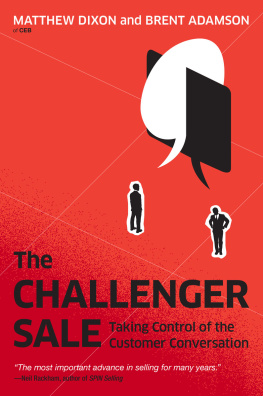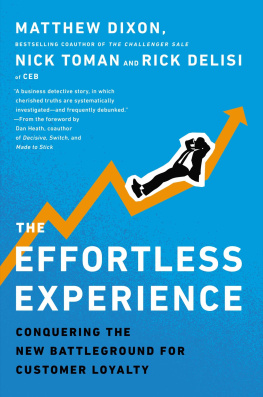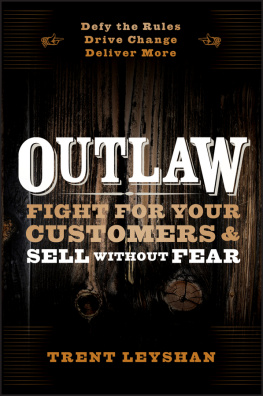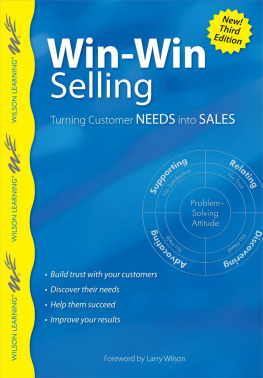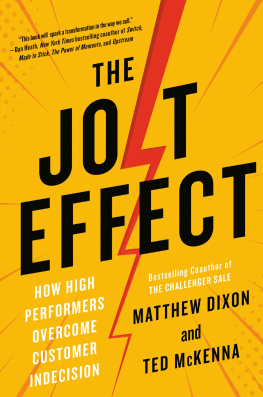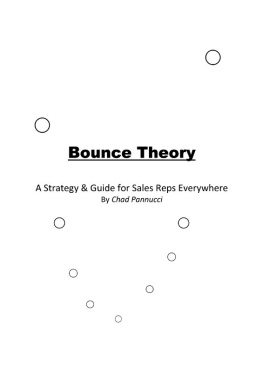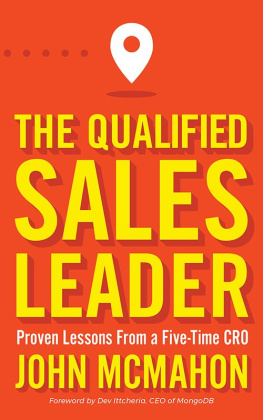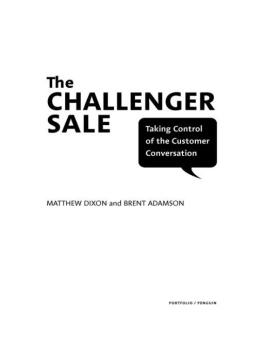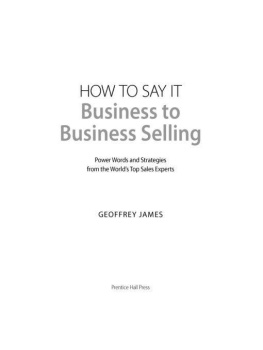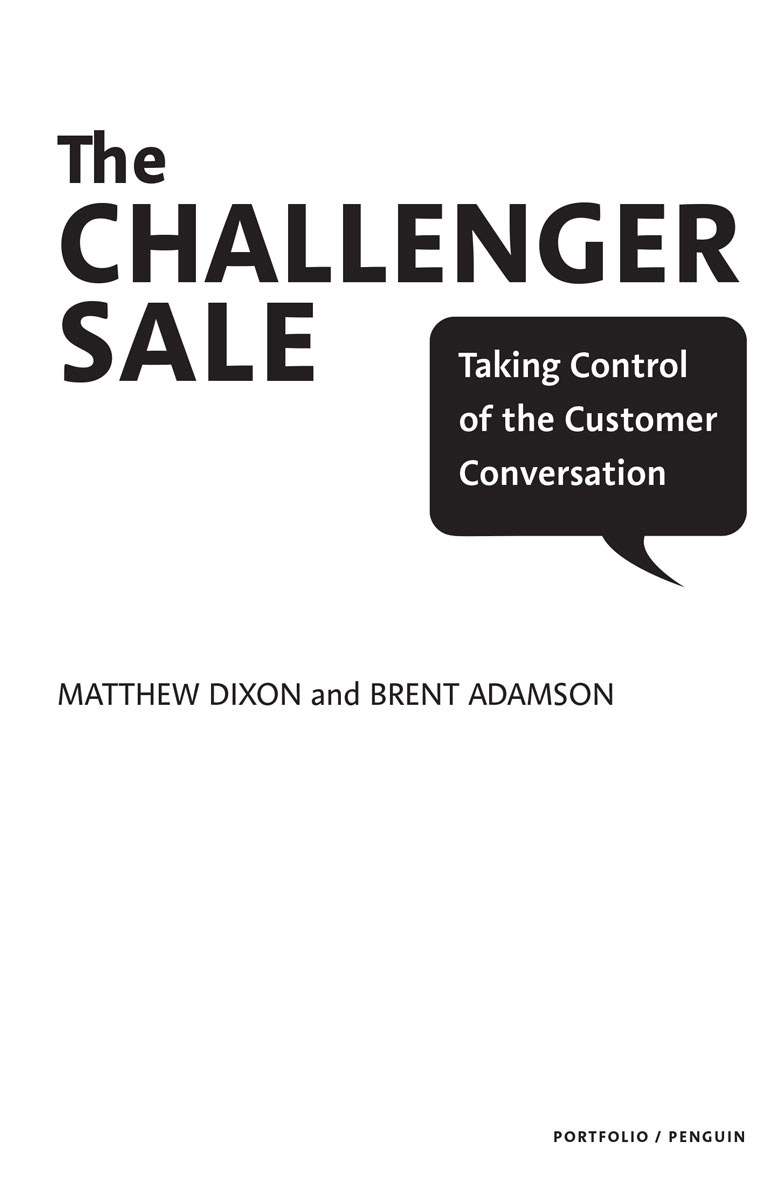PORTFOLIO / PENGUIN
Published by the Penguin Group
Penguin Group (USA) Inc., 375 Hudson Street,
New York, New York 10014, U.S.A.
Penguin Group (Canada), 90 Eglinton Avenue East, Suite 700, Toronto, Ontario, Canada M4P 2Y3 (a division of Pearson Penguin Canada Inc.)
Penguin Books Ltd, 80 Strand, London WC2R 0RL, England
Penguin Ireland, 25 St. Stephens Green, Dublin 2, Ireland (a division of Penguin Books Ltd)
Penguin Books Australia Ltd, 250 Camberwell Road, Camberwell, Victoria 3124, Australia (a division of Pearson Australia Group Pty Ltd)
Penguin Books India Pvt Ltd, 11 Community Centre, Panchsheel Park, New Delhi 110 017, India
Penguin Group (NZ), 67 Apollo Drive, Rosedale, Auckland 0632, New Zealand (a division of Pearson New Zealand Ltd)
Penguin Books (South Africa) (Pty) Ltd, 24 Sturdee Avenue, Rosebank, Johannesburg 2196, South Africa
Penguin Books Ltd, Registered Offices:
80 Strand, London WC2R 0RL, England
First published in 2011 by Portfolio / Penguin,
a member of Penguin Group (USA) Inc.
Copyright The Corporate Executive Board Company, 2011
All rights reserved
Challenger, Challenger Rep, and Challenger Development Program are trademarks and service marks of The Corporate Executive Board Company.
Summary description of Situational Sales Negotiation training and methodology used by permission of BayGroup International, Inc. SSN Negotiation Planner and 2009 BayGroup International, Inc. Situational Sales Negotiation and SSN are trademarks and service marks of BayGroup International, Inc.
Slides from The Power of Planning the Unplanned presentation used by permission of W. W. Grainger, Inc.
LIBRARY OF CONGRESS CATALOGING IN PUBLICATION DATA
Dixon, Matthew, 1972
The challenger sale : taking control of the customer conversation / Matthew Dixon and Brent Adamson.
p. cm.
Includes index.
ISBN 978-1-101-54589-8
1. Sales management. 2. Selling. 3. Customer relations. I. Adamson, Brent. II. Title.
HF5438.4.D59 2011
658.85dc23 2011026907
Without limiting the rights under copyright reserved above, no part of this publication may be reproduced, stored in or introduced into a retrieval system, or transmitted, in any form or by any means (electronic, mechanical, photocopying, recording or otherwise), without the prior written permission of both the copyright owner and the above publisher of this book.
The scanning, uploading, and distribution of this book via the Internet or via any other means without the permission of the publisher is illegal and punishable by law. Please purchase only authorized electronic editions and do not participate in or encourage electronic piracy of copyrightable materials. Your support of the authors rights is appreciated.
Version_5
To the members of CEB around the world,
who challenge us every day to deliver insights worthy of their time and attention
CONTENTS
FOREWORD
THE HISTORY OF sales has been one of steady progress interrupted by a few real breakthroughs that have changed the whole direction of the profession. These breakthroughs, marked by radical new thinking and dramatic improvements in sales results, have been rare. I can only think of three of them in the last century. The first started about a hundred years ago, when insurance companies found that they could double their sales by a simple change in selling strategy. Before this first great breakthrough, insurance policiesin common with many other products such as furniture, household goods, and capital equipmentwere sold by salespeople who signed up customers and then every week visited each of them to collect premiums or installment payments. After signing up a hundred or so people, the salesperson was too busy collecting weekly premiums to do any more selling of new business. Then some anonymous genius hit on an idea that grew into what we now call the hunter-farmer model. Suppose, instead of one person both selling the policy and collecting the premiums, the two roles were split. There would be producers, who only sold, backed up by less experiencedand therefore cheapercollectors, who came behind to look after existing customers and collect the weekly premiums. The idea was a spectacular success and it changed the insurance industry overnight. The concept quickly spread to other industries, and for the first time selling became a pure role, without the burden of collection.
THE SECOND BREAKTHROUGH
We dont know exactly when the producer/collector idea was first introduced, but we can be very specific about the date of the second great breakthrough. It happened in July 1925, when E. K. Strong published The Psychology of Selling. This seminal work introduced the idea of sales techniques, such as features and benefits, objection handling, closing, and, perhaps most important, open and closed questioning. It showed that there were things people could learn that would help them sell more effectively, and it gave rise to the sales training industry.
Looking back from the sophisticated perspective of today, many of the things Strong wrote about sound heavy-handed and simplistic. Nevertheless, heand those who followed himchanged selling forever. Perhaps the most important aspect of his contribution was the idea that selling wasnt an innate ability. It was a set of identifiable skills that could be learned. And in 1925, that was radical indeed. It opened selling to a much wider range of people and, from anecdotal reports of the time, brought about dramatic increases in sales effectiveness.
THE THIRD BREAKTHROUGH
The third great breakthrough came in the 1970s, when researchers became interested in the idea that the techniques and skills that worked in small sales might be very different from those that worked in larger and more complex ones. I had the good fortune to be an integral part of this revolution. In the 70s I directed a huge research project, tracking 10,000 salespeople in twenty-three countries. We followed salespeople into more than 35,000 sales calls and analyzed what made some of them more successful than others in complex sales. From this twelve-year project we published a number of books, starting with SPIN Selling. This marked the beginning of what we now call the consultative selling era. It was a breakthrough because it introduced much more sophisticated models of how to sell complex products and services and, like the earlier breakthroughs, brought about significant gains in sales productivity.
The last thirty years have been marked by a lot of small improvements in selling, but we havent seen many game-changing developments that could claim to be breakthroughs. True, thereve been sales automation, sales process, and customer relationship management. Technology has played a bigger and bigger role in selling. There have also been huge changes to transactional selling as a result of the Internet. But all these have been incremental changes, often with questionable productivity gains, and none of them, to my way of thinking, qualifies as a bona fide breakthrough in how to sell differently and more effectively.
THE PURCHASING REVOLUTION
Interestingly, there has been a breakthrough development on the other side of the selling interaction. Purchasing has gone through a major revolution. From being a dead-end function in the 1980s where those who couldnt cut it in HR went to die, it has emerged as a vibrant strategic force. Armed with powerful purchasing methodologies such as supplier segmentation strategies and sophisticated supply chain management models, the rise of the new purchasing has demanded fundamental shifts in sales thinking.

